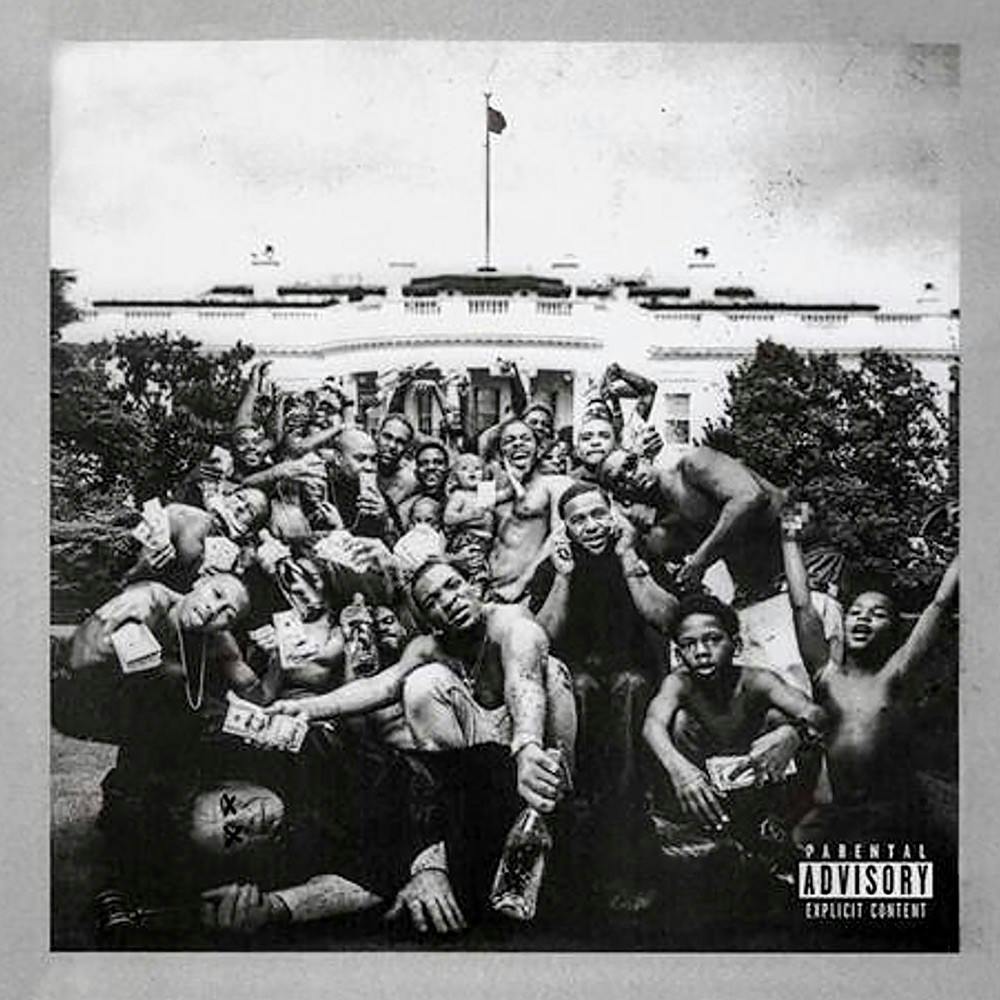Album: To Pimp a Butterfly
Release Date: March 16
Label: Top Dawg Entertainment
Grade: A +
Six months ago, Kendrick Lamar dropped his single I and puzzled his fans with his departure from the sound they’d come to know on good kid, m.A.A.d city.
Following in the footsteps of Beyoncé and J. Cole, To Pimp a Butterfly dropped with short notice on March 16. The 16-track album features nostalgic west-coast rap mixed with funk, laid-back jazz and early-2000s neo-soul. The instrumentals start, stop and change suddenly, while Kendrick takes the listener through the trials and tribulations that come with success.
In his single “Blacker the Berry,” Lamar addressed social issues like police brutality and black-on-black violence. This track showed Lamar returning to the subjects he talked about on his 2011 release Section 80. The song is also a great contrast to I, because it features a darker atmosphere and mood. This juxtaposition helped build the already enormous buzz around Lamar’s album.
On the album’s first song, “Wesley’s Theory,” Lamar uses ’70s funk legend, George Clinton and multi-genre bass guitarist, Thundercat to kick off the album. With a mix of rap and funk that goes back to the days of rappers like Ice cube, Dj Quik and Snoop Dogg, G-funk is a subgenre of California gangsta rap that emerged in the early ’90s.
George Clinton’s appearance on the first track pays homage to the foundation west coast hip-hop was built on. But this wasn’t the only goal of the album.
To Pimp a Butterfly is an exploration of Lamar learning about the influence that comes with fame and realizing money can’t get rid of some problems.
Sandwiched between songs, Lamar raps “I remember you were conflicted, misusing your influence / sometimes I did the same.”
This idea is slowly revealed throughout each song and reflects the theme of the album.
Instead of promoting misogyny and materialism like a lot of rappers, Lamar uses music in a more conscious and therapeutic manner. He uses rap to re-create moments of doubt and depression as a way of dealing with his demons, like in his song “u,” but he quickly tries to reassure his fans and maybe himself in the next song, “Alright.”
“I’m at the preacher’s door / my knees getting weak and my gun might blow / but we gon’ be alright,” he raps on “Alright.”
In “Institutionalized” Lamar talks about still being trapped by his environment, even though he’s made it out. It’s a statement that poverty can create an inescapable state of mind or situation.
Lamar also addresses how his fame has affected his friends with lyrics like, “Somebody told me you thinkin' 'bout snatchin' jewelry / I should've listened what my grandmamma said to me.”
The stress and pressure of success has Lamar dealing with temptation, which he calls “Lucy” on tracks like “For Sale - Interlude.” Lucy comes to be less of a person and more of an abstract representation of Lamar selling his soul and misusing his influence. By the end of the album, the rapper realizes that he must use his music to inform the world and stop injustices.
A particular spoken word poem that stuck out to me was during the chaotic live performance of “i” that’s featured on the album. The set is cut short with Lamar screaming about killing cops in the middle of the chorus.
After the chatter dies down, Lamar talks to the crowd about the word, “Negus.” Negus is an Amharic word for king that’s used in places like Ethiopia. To Kendrick, this is where his identity lies – not in the distorted images of black culture, which have misinterpreted the meaning of Negus.
To Pimp a Butterfly mainly documents Lamar’s personal journey, but his social awareness allows him to make it universal by building on his cultural history and just by being an incredibly good rapper.It gives the listener a variety of west coast hip-hop, from the jazz rap of “For Free? – Interlude” to the gangsta raps of “Hood Politics,” to the spoken word performances sprinkled throughout the album.
email: arts@ubspectrum.com





